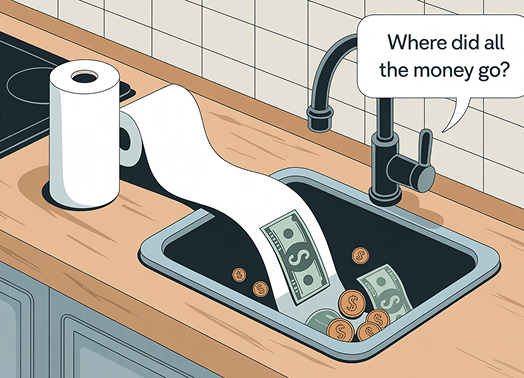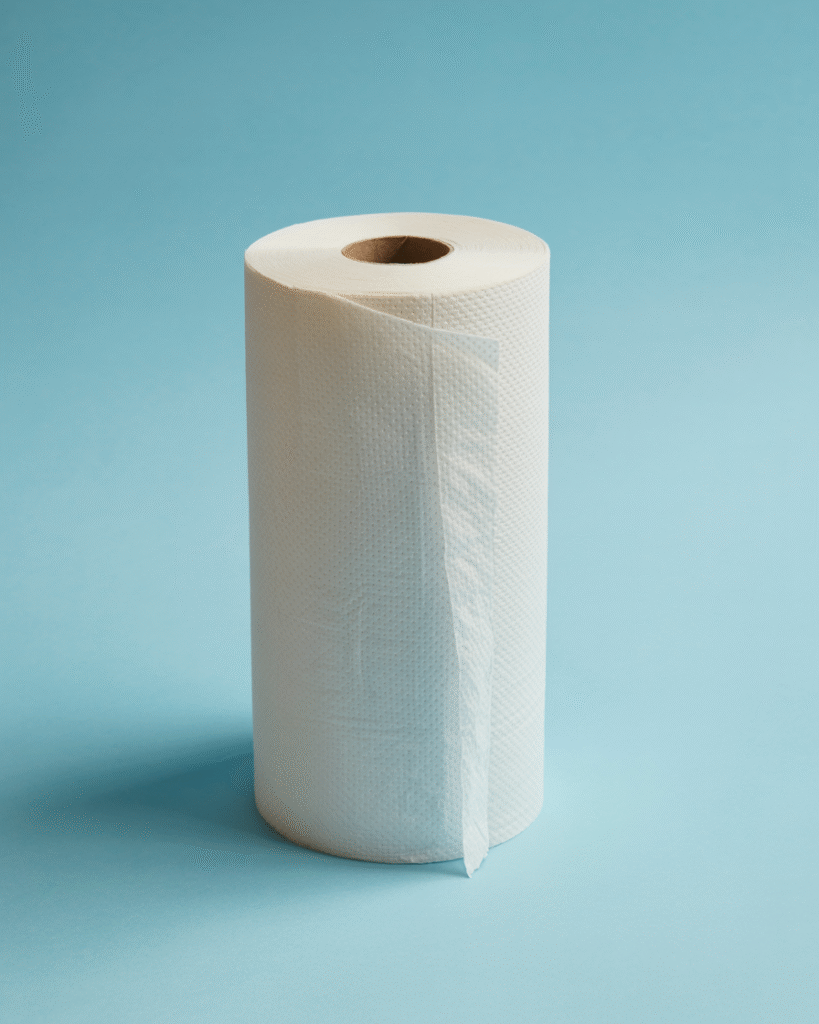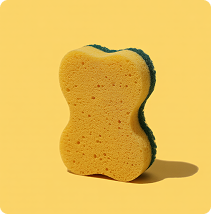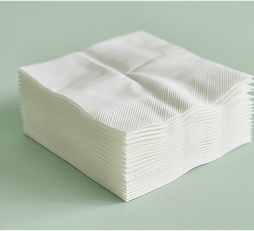We’ve all been there. Standing in the cleaning aisle, grabbing that familiar pack of paper towels without a second thought. It’s just part of the routine, right? Milk, bread, eggs, paper towels. But what if I told you that this seemingly innocent household staple is quietly draining hundreds from your family budget every year—while potentially putting your family’s health at risk?
After managing a household for over two decades, I’ve learned that the biggest budget leaks often come from the things we don’t think to question. Paper towels were mine. And if you’re like most busy moms, they might be yours too.
The Cost That Sneaks Up On You
You probably don’t think twice when tossing that $5 roll into your cart. But add it up:
- $200-300/year disappears on something you literally throw away
- 22% price jump since 2020 – outpacing inflation
- Endless rebuys vs. one $20 set of cloths lasting years
“I thought I was saving time, but running out mid-spill just added stress.” – Melissa, 42
Let’s put this in perspective. That’s the same amount many of us spend on a family vacation fund or our kids’ extracurricular activities. Money that could go toward something meaningful instead of something destined for the trash.
The math is eye-opening when you break it down. The average household uses 2-3 rolls per week. At today’s prices, that’s roughly $6-8 per week, or $312-416 annually. For something we use once and throw away.
More Than Just Waste
But the real wake-up call isn’t just financial—it’s what we’re unknowingly bringing into our homes every time we stock up.
Instant Landfill Problem
Every single sheet you use follows the same path:
→ Heads straight to landfills (not recyclable when soiled)
→ Takes decades to decompose while releasing methane
→ Contributes to 13 BILLION pounds of annual paper towel waste
Here’s what really changed my mind: discovering what’s left behind after “cleaning.”
What’s lurking in those “convenient” sheets:
- Bleach residues on counters where you prep food
- PFAS “forever chemicals” (linked to thyroid issues)
- Lint particles on “clean” drinking glasses
- Formaldehyde and other chemicals used in processing
“When I learned about chemical transfer to my toddler’s snack tray, I switched that day.” – Jenna, mom of 2
As women in our 40s and beyond, we’re already more conscious about what we’re putting in and on our bodies. Why should our cleaning routine be any different? Every time we wipe down the counter where we prepare meals, or clean our family’s dishes, we’re potentially leaving behind chemical residues that our loved ones will come into contact with.
The Smart Alternative That Actually Works
I’ll be honest—I was skeptical about microfiber cloths at first. How could a simple cloth work better than the “advanced” paper towels I’d been loyal to for years?
But here’s what I discovered after making the switch:
The upfront investment: One quality set of microfiber cleaning cloths costs about $20-30. That’s less than what most of us spend on paper towels in a single month.
The performance difference: Microfiber actually works better. It traps dirt and bacteria instead of just pushing it around. No streaks on mirrors or glass. And it handles everything from kitchen spills to bathroom cleaning without falling apart.
The convenience factor: No more running out mid-cleanup. No more emergency store runs because you’re down to the last roll. Just wash, dry, and reuse.
Real Women, Real Results
“I was spending $300+ yearly and didn’t even realize it. Now that money goes into my grandchildren’s college fund instead.” – Patricia, 54
“My allergist asked what I’d changed in my home when my symptoms improved. Turns out, removing paper towel dust made a difference I never expected.” – Carol, 48
“My teenage daughter actually thanked me for switching. She said our house felt ‘cleaner’ somehow.” – Diana, 45
Making the Switch: Your Action Plan
Ready to break free from the paper towel trap? Here’s how to transition without stress:
Week 1: Start with just the kitchen. Use microfiber cloths for counters and spills, but keep paper towels for backup.
Week 2: Expand to bathrooms. You’ll be amazed how well microfiber works on mirrors and fixtures.
Week 3: Go all-in. Store your remaining paper towels for true emergencies (like pet accidents), but let microfiber handle daily cleaning.
Pro tip: Keep different colored cloths for different areas—blue for bathrooms, green for kitchen, etc. This prevents cross-contamination and keeps things organized.
The Bottom Line
Every time you reach for that paper towel roll, you’re making a choice. A choice about your family’s budget. A choice about their health. A choice about the environment you’re leaving for future generations.
The paper towel industry banks on our habits, on the assumption that we won’t question what seems “convenient.” But smart homemakers like us? We know better. We know that true convenience isn’t about what’s easiest in the moment—it’s about what works best for our families in the long run.
Your future self (and your bank account) will thank you for making the switch. Because when you add up the savings, the health benefits, and the peace of mind that comes from making a truly smart household decision, it’s not really a choice at all.
Ready to join thousands of smart homemakers who’ve already made the switch? Your family’s health and your family’s future are worth it.



